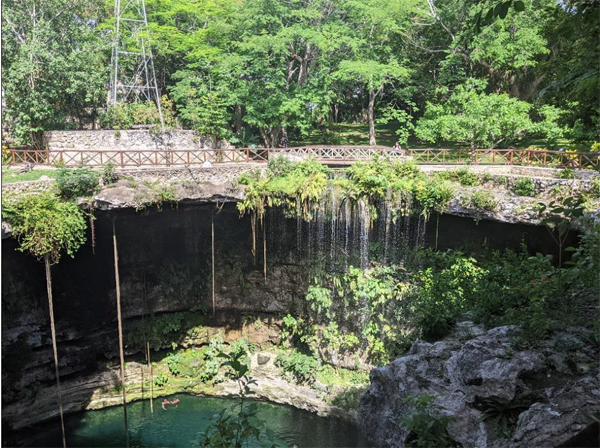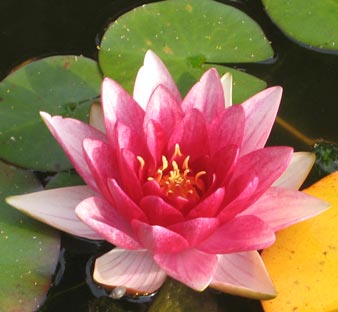New Study – How Angiosperms Survived Mass Extinction
Angiosperms are great survivors! Anyone having to remove dandelions and buttercups from their lawn or garden border will testify to this. However, a new study demonstrates that flowering plants are truly nature’s great survivors. The angiosperms came through the K-Pg extinction event relatively unscathed. This extinction event may even have assisted flowering plants as they became the dominant flora on our planet.
The study by researchers from the University of Bath in collaboration with colleagues from the Universidad Nacional Autónoma de México (Mexico) shows that flowering plants were not too badly affected by the extinction event that wiped out the non-avian dinosaurs.

Mass Extinction Events
Scientists have detected evidence of five major extinction events during the Phanerozoic Eon. The most famous is the end-Cretaceous extinction event that saw the demise of the non-avian dinosaurs. An extra-terrestrial bolide impact may have contributed to the eradication of around 75% of all species. The impact on the angiosperms had not been explored until now.
Plant fossils are relatively rare compared to the body and trace fossils of animals. This makes it very difficult for palaeontologists to assess how genera might have been affected by extinction events.
If the fossil record is too poor and fragmentary to provide data, then an alternative method of analysis must be found. Dr Jamie Thompson of the Milner Centre for Evolution (University of Bath) and Dr Santiago Ramírez-Barahona of Universidad Nacional Autónoma de México analysed evolutionary trees constructed from mutations in the DNA sequences of up to 73,000 living species of flowering plants. Using complex statistical methods, they fitted “birth-death” models to estimate the rates of extinction throughout deep geological time.

Picture credit: Everything Dinosaur
Angiosperms Flourished After the Extinction Event
The fossil record suggests that the K-Pg event had a strong regional impact on flowering plant species extinctions. However, it only had a minor impact on the extinction rates of major lineages (families and orders). These lineages survived and flourished. Out of approximately 400,000 extant plant species, around 300,000 are angiosperms.
Molecular clock evidence suggests that the vast majority of angiosperm families around today existed before the end-Cretaceous event. Species including the ancestors of orchids, water lilies, magnolia and mint all shared Earth with the dinosaurs.
Commenting on the study, co-author Dr Jamie Thompson stated:
“After most of Earth’s species became extinct at K-Pg, angiosperms took the advantage, similar to the way in which mammals took over after the dinosaurs, and now pretty much all life on Earth depends on flowering plants ecologically.”
Angiosperms are Great Survivors – How?
Despite being unable to walk and relying on the sun for energy and food, how did the flowering plants become so successful?
Fellow author Dr Ramírez-Barahona explained:
“Flowering plants have a remarkable ability to adapt. They use a variety of seed-dispersal and pollination mechanisms, some have duplicated their entire genomes and others have evolved new ways to photosynthesise.”
The seeds of many angiosperms are also extremely robust and remain dormant for years until the right conditions occur to allow them to germinate.
The study is published in Biology Letters and the project was supported by benefactors Roger and Sue Whorrod.
Everything Dinosaur acknowledges the assistance of a media release from the University of Bath in the compilation of this article.
The scientific paper: “No phylogenetic evidence for angiosperm mass extinction at the Cretaceous–Palaeogene (K-Pg) boundary” by Jamie B. Thompson and Santiago Ramírez-Barahona published in Biology Letters (Royal Society Publishing).
Visit the Everything Dinosaur website: Everything Dinosaur.

